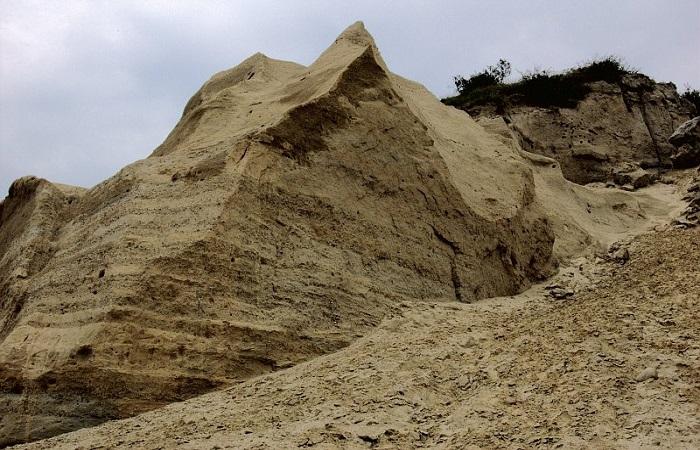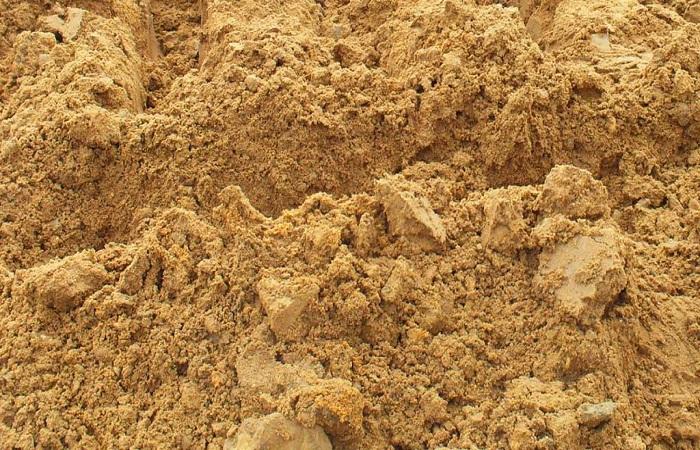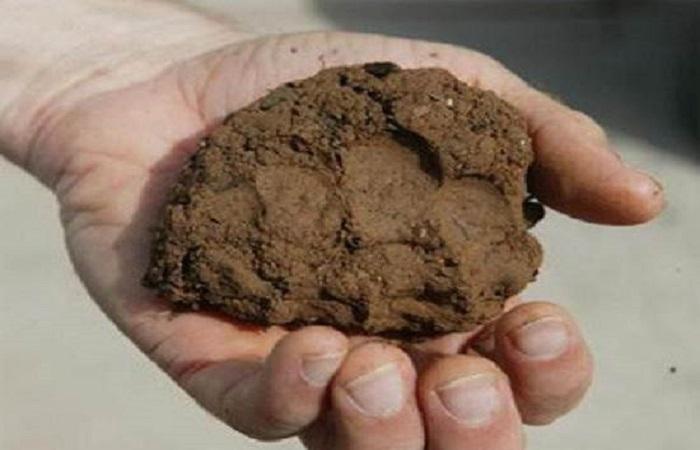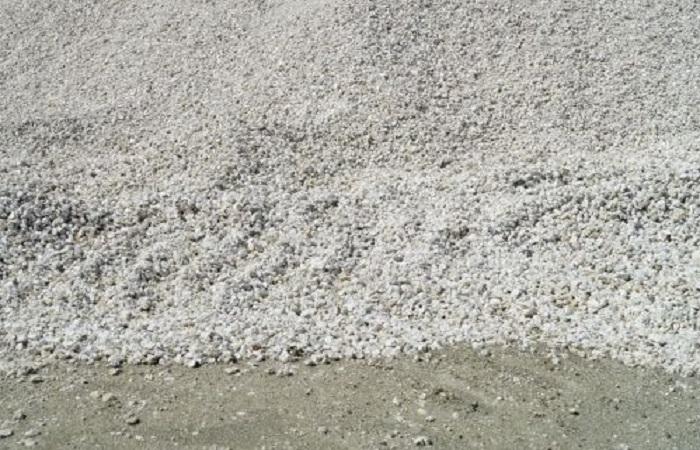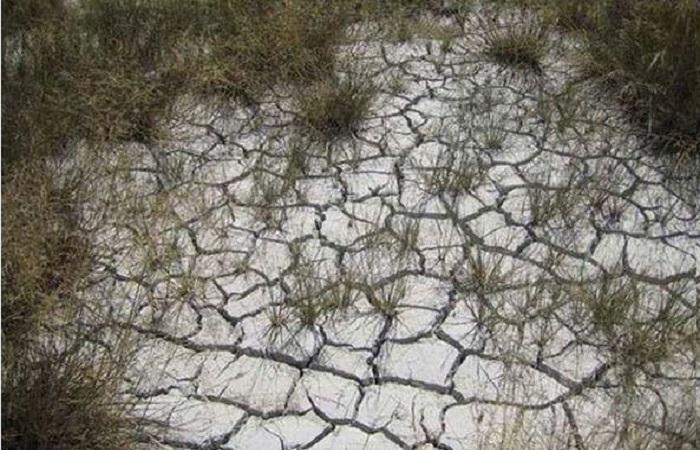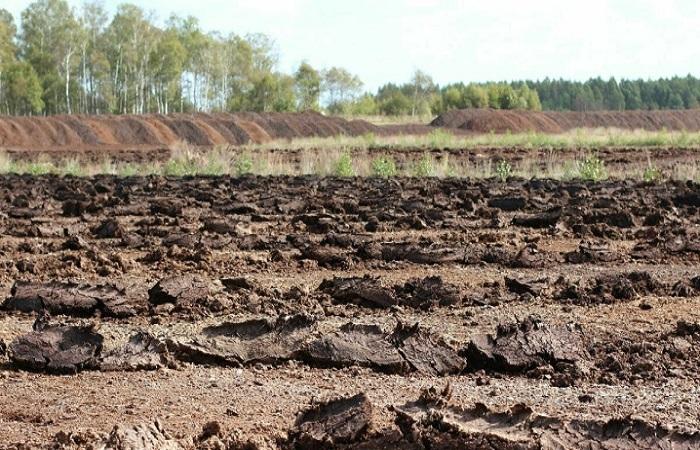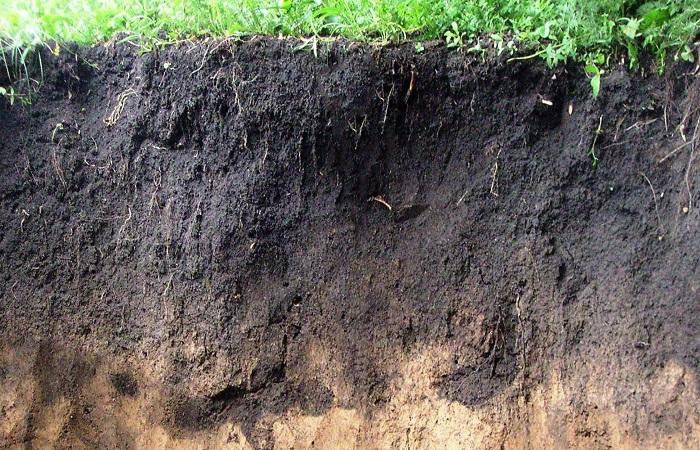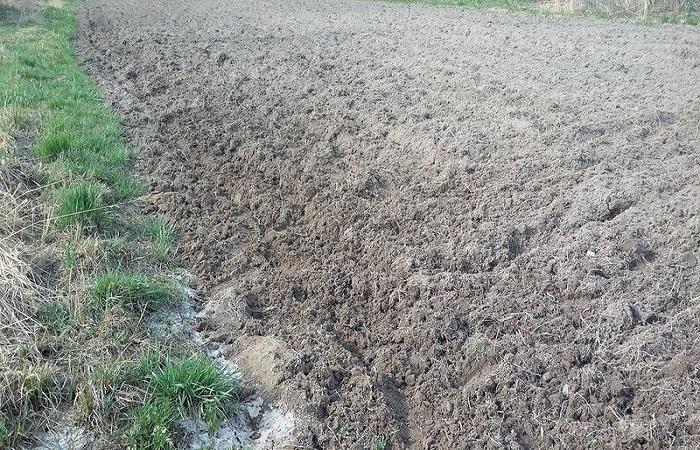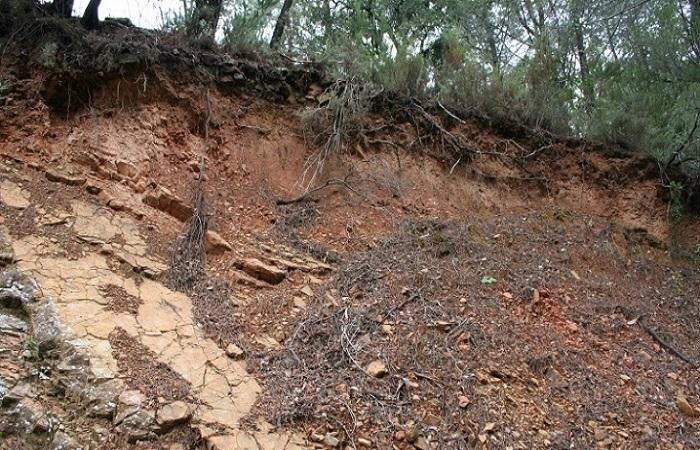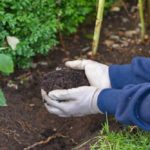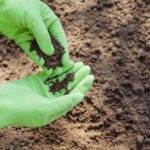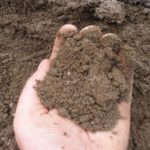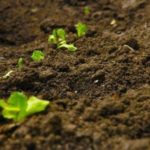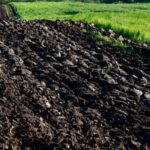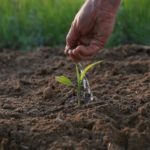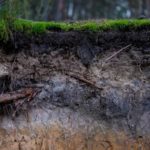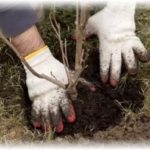A suitable type of soil is considered an important condition for the full growth and development of crops. Soil performs many important functions. It provides support for the root system of plants, and also serves as a source of water and useful elements. Complex organic compounds are converted in the soil to simple substances that are easily absorbed by plants. To achieve success in growing crops, it is important to know the type of soil.
Types of soils and their characteristics by mechanical composition
Growing garden and vegetable plants directly depends on the quality characteristics of the soil and the correct use of it. This helps to increase productivity and protect crops from pathologies and pests.
Sandstones
A distinctive feature is considered to be looseness and flowability. All the positive properties of this type of soil can also be called its disadvantages. Rapid heating and free circulation of moisture and air lead to rapid depletion of the soil. Therefore, sandy soils are not very fertile. To increase productivity, it is necessary to add compost, clay flour, humus and peat.
Sandy loam
Such soils contain clay impurities. They help the soil retain mineral ingredients. The main advantages of such lands include the rapid absorption and retention of heat, a sufficient amount of oxygen, moisture and nutrients. Every 3-4 years, the beds should be sown with green manure. This helps increase their nutritional value.
Loams
Such lands are suitable for growing different varieties of plants because they have a rich composition. Loams differ from other types of soil in structure. Thanks to this, they ensure free circulation of water and air. This promotes normal development of the root system. In such conditions, it is possible to achieve a bountiful harvest even without pre-cultivation of the soil.
Alumina
Such soils have a dense structure. Therefore, they hardly allow air to pass through and absorb moisture. Also, alumina heats up weakly. Therefore, they are not recommended for use on capricious plants. But with proper processing, alumina helps to obtain an excellent harvest.
The main requirement is to increase soil looseness.To do this, it is recommended to use peat, ash or sand substances. However, it is not recommended to plant green manure. This method is not suitable for dense soil.
Limestone
Such soils do not have a very good composition and are not suitable for growing plants. In appearance, calcareous soils are light brown in color and contain a minimum of useful components. When growing plants in such soil, it is important to consider that it requires frequent treatments. It is best to plant green manure in such areas - for example, rye or mustard.
Peat bogs
In their original form, such soils cannot be used for growing plants. The key feature of peatlands is the rapid absorption and poor retention of moisture. Mineral and trace element deficiencies are associated with high acidity. To improve the structure of swampy soil, it is worth using manure, sand, and humus. The use of such substances helps accelerate the development of microorganisms. The soil can be used for agricultural purposes the very next year after cultivation.
Types of soils and their characteristics by organic composition
Soils vary significantly depending on their organic composition. This parameter affects the characteristics of soil treatment.
Chernozems
This soil is the richest and most fertile. Its main feature is considered to be the high content of calcium and humus. Due to the loose structure, it is possible to achieve free circulation of water and air.
Serozems
Such soils are formed in conditions of loess-like loams and loess, the base of which is pebbles. Gray soil is an alkaline soil that has poor absorption capacity and contains a lot of potassium and phosphorus. In its pure form, the soil cannot be used for agricultural purposes.
Initially, it is recommended to carry out irrigation measures, after which it is permissible to plant cotton. The use of fertilizers and planting of green manure is of no small importance.
Brown
These soils are predominantly found in spruce, mixed, oak and cedar forests. Such diversity is represented in central Russia. In addition, brown soils are found in foothill and intermountain areas - in areas of loamy, clayey, and alluvial layers.
Brown soils contain 16% humus. The main part is sulfonic acids. Such lands are perfect for growing vegetables, grains, and fruit plants.
How to determine the type of soil?
There are many ways in which soils differ from each other. To determine the type of soil, it is permissible to use the following tests:
- Ball. To use this method, it is recommended to take damp soil and make a ball out of it. Then throw it 50 centimeters in height and catch it. If the earth has crumbled, it has a sandy texture. If the ball still sticks together, there are a lot of clay particles in the soil.
- Pea grain. To do this, you need to take a little soil and rub it in your fingers. If the soil crumbles, it has a sandy texture. If the substance has a denser structure, sticks to your fingers and spreads, it has a clay composition.
- Stick.In this case, you need to roll the wet soil into a stick and place it. If you can lift the stick without crushing it, it means there is a lot of clay in the ground. If this cannot be done, the soil has a sandy or sandy loam structure.
- Bottle. To use this method, you need to pour some earth into a bottle and fill it with water. Then shake it thoroughly. As a result, you will be able to get different layers. Their sequence is affected by weight. Sand is considered the heaviest, so it sinks to the bottom. At the same time, the clay has minimal mass, so it rises to the surface.
Which ones predominate in Russia?
Russia is characterized by a variety of soils. The most common options include:
- Tundra gley - are formed in permafrost zones in the flat areas of the Far North. In warm weather, rocks are freed from permafrost by only a small amount of centimeters. Tundra gley soils contain a lot of moisture. When the soil is over-moistened and there is a lack of oxygen, gley forms in it. Beneath it is permafrost.
- Podzolics are typical for the region of the West Siberian and East European Plains. In these places, the amount of precipitation exceeds its evaporation. This leads to strong soil leaching and the formation of a lightened leaching horizon A2.
- Soddy-podzolic - appear under mixed broad-leaved and coniferous forests. They have well-developed grass cover. In addition, these regions are characterized by higher summer temperatures and a greater amount of plant residues that end up in the soil.
- Permafrost-taiga - formed under forests in permafrost conditions and a sharply continental climate.Such lands have a small thickness and a characteristic structure. The soil structure contains a humus horizon A1, but there is no leaching horizon A. Due to the presence of iron compounds, the soil acquires a brown color.
- Gray forest ones do not form a continuous zone, but their intermittent strip stretches from Transbaikalia to the western borders of Belarus. Gray forest soils are formed under deciduous forests, which have a generous herbaceous cover.
- Chernozems contain a lot of humus and are formed under herbaceous plants in steppe and forest-steppe zones. Such lands are characterized by a massive black humus horizon.
- Chestnut - formed under herbaceous plants in dry steppe regions. They are characterized by less atmospheric precipitation than can evaporate from the firmament. The dry climate makes the vegetation cover more sparse. As a result, less humus accumulates in it compared to chernozems.
- Brown - formed under conditions of a sharp deficiency of atmospheric moisture. These regions are characterized by very sparse vegetation. The humus horizon is brown in color. In this case, the humus content does not exceed 2%.
The type of soil is of great importance for the successful cultivation of crops. Depending on the structure of the soil, it is worth selecting certain agrotechnical measures that will help increase productivity parameters.

